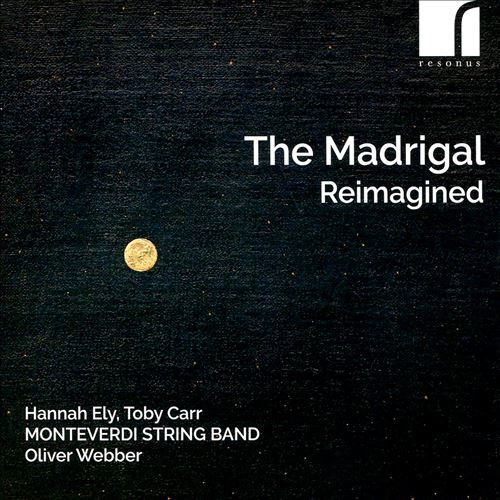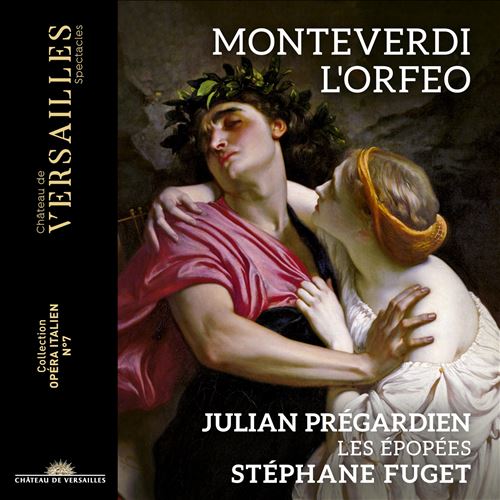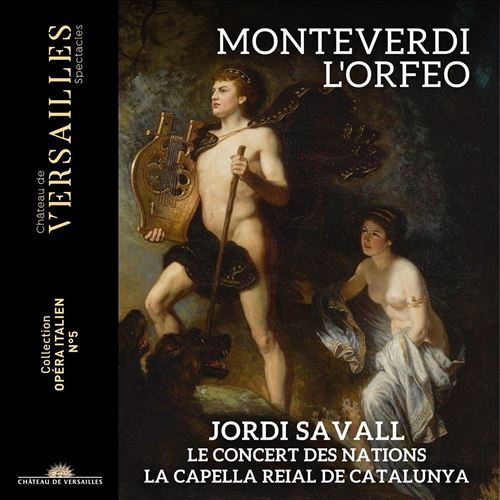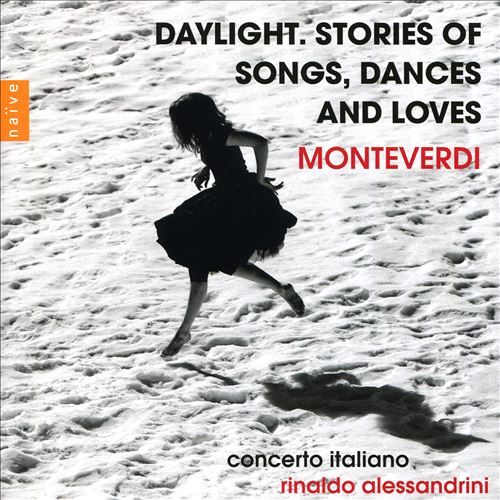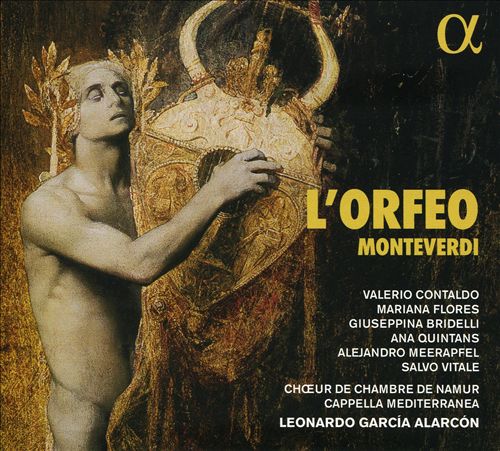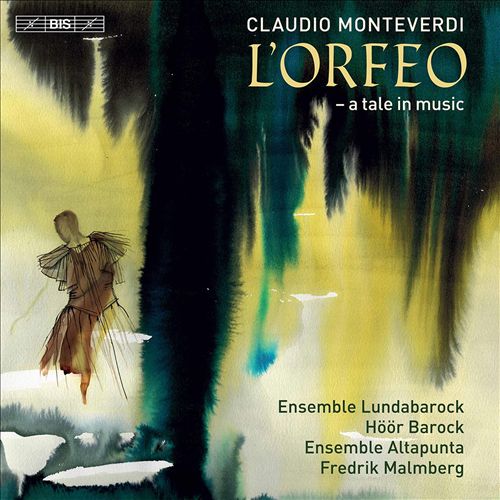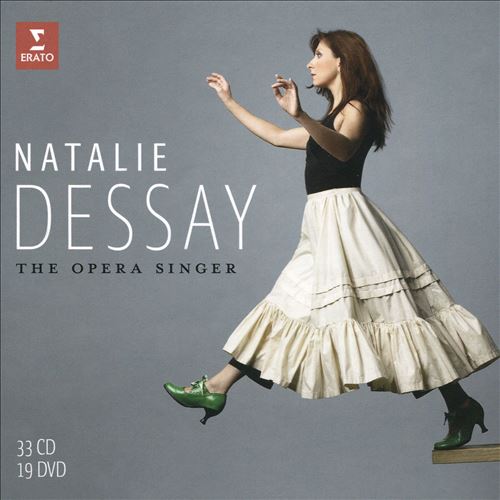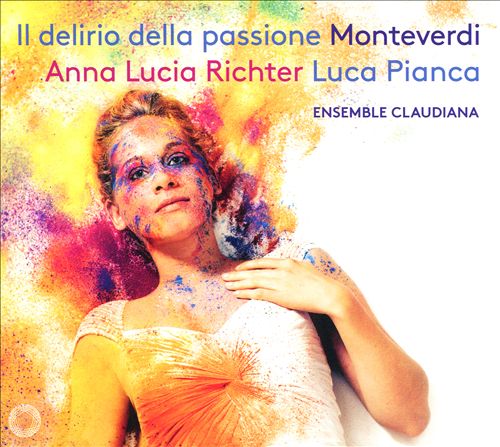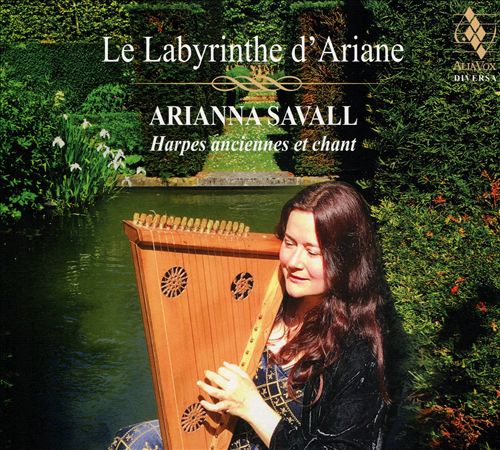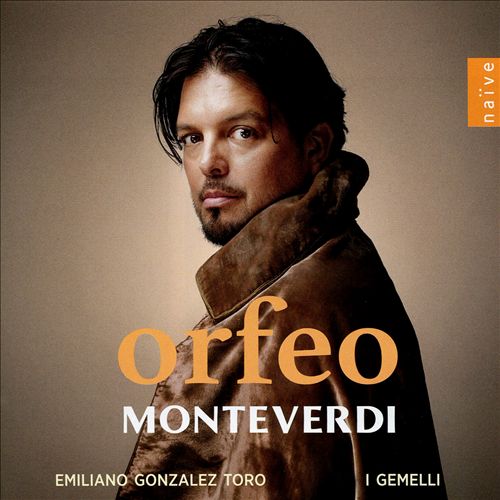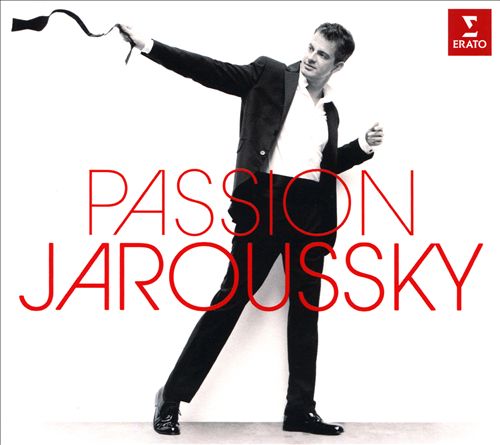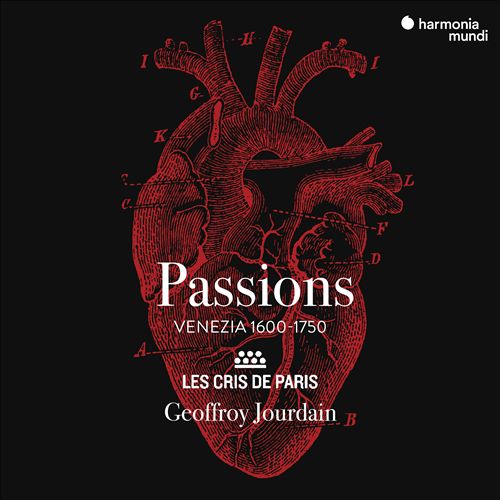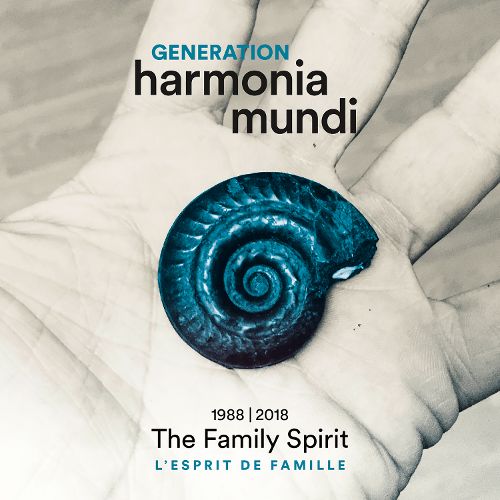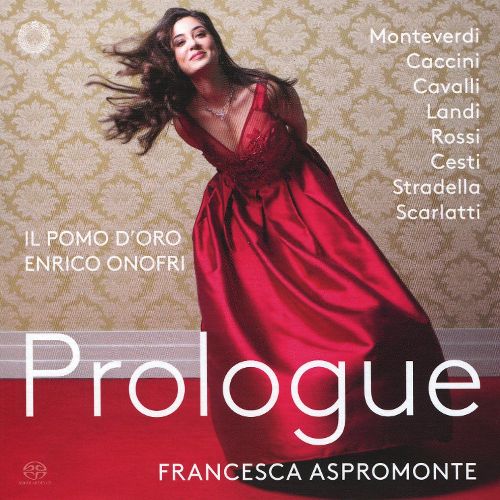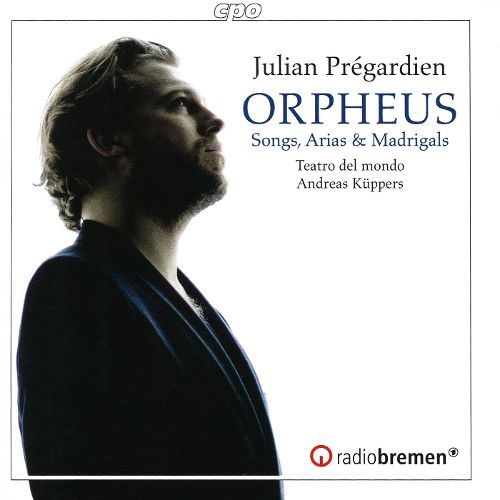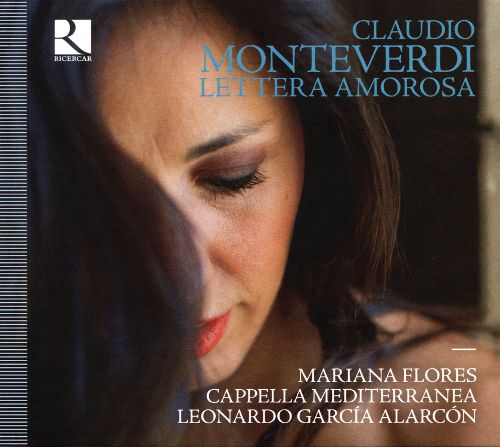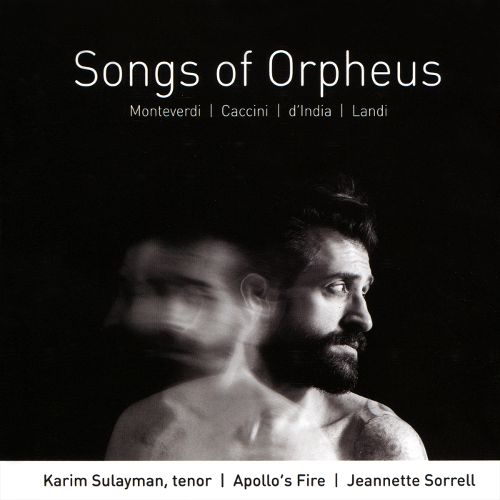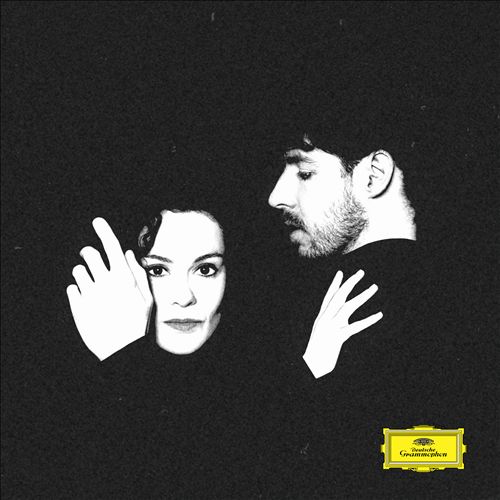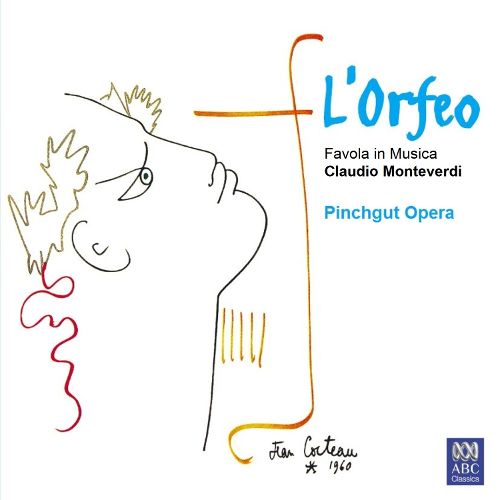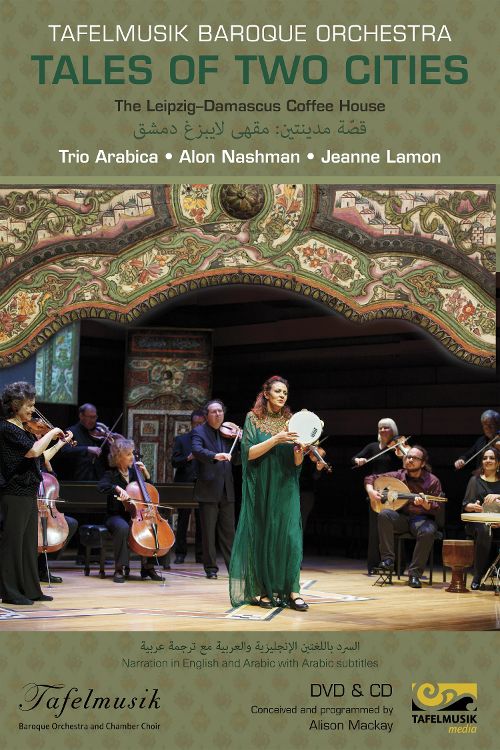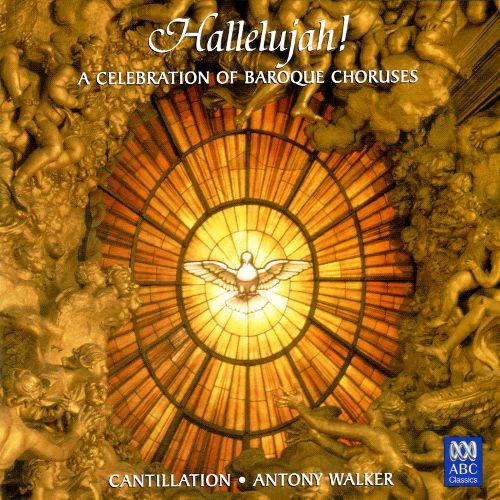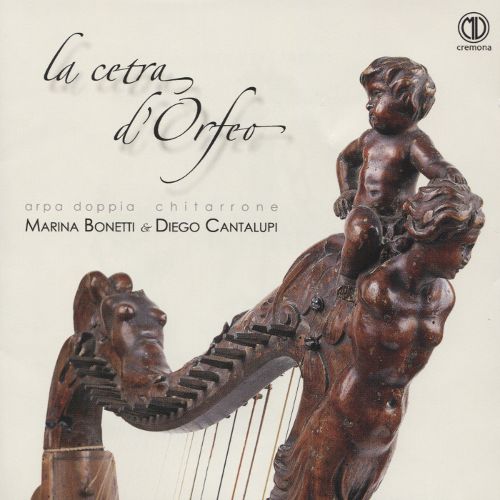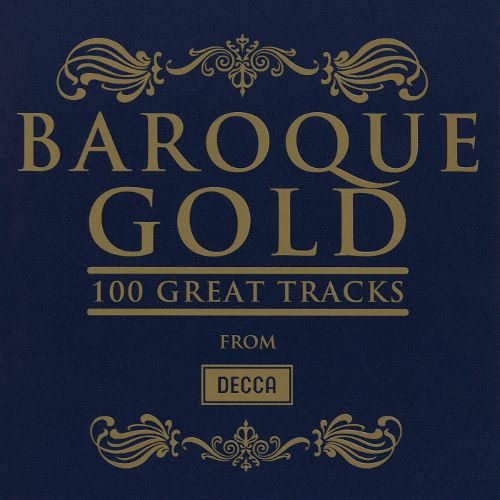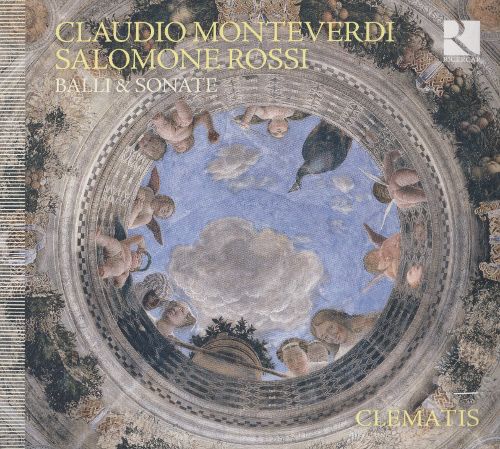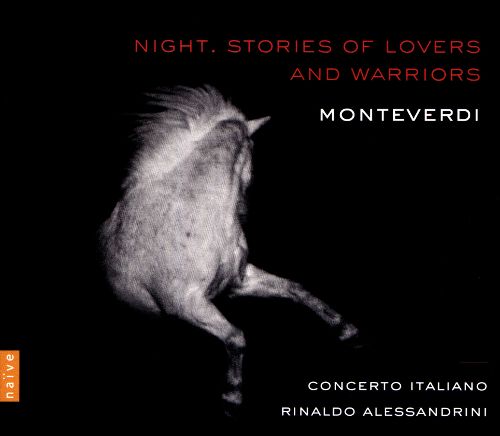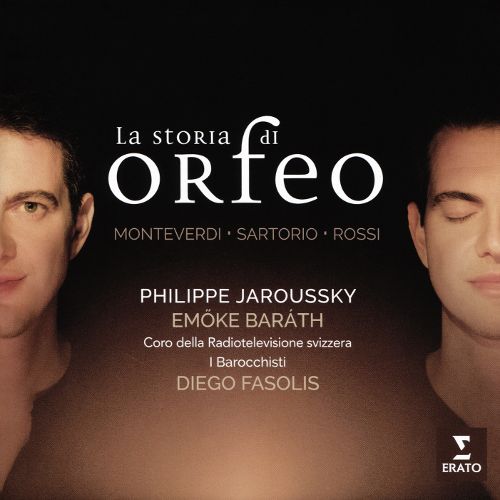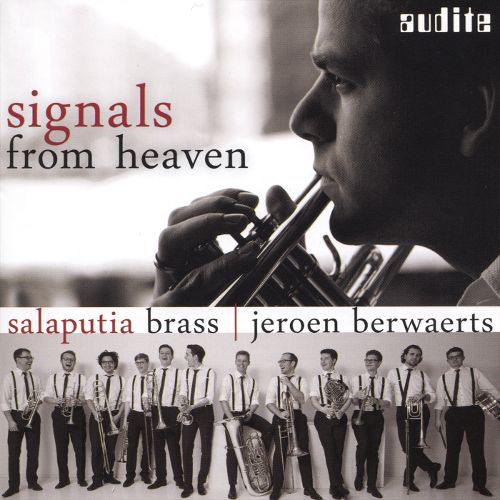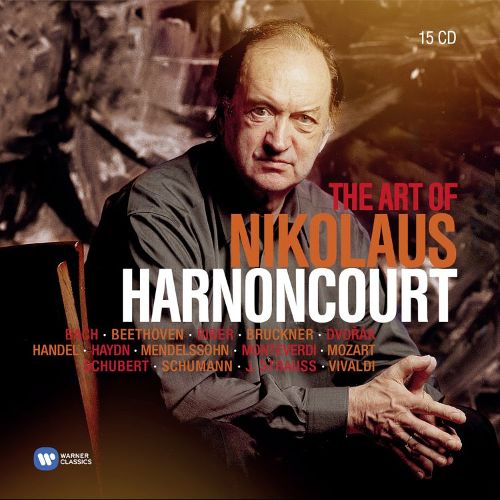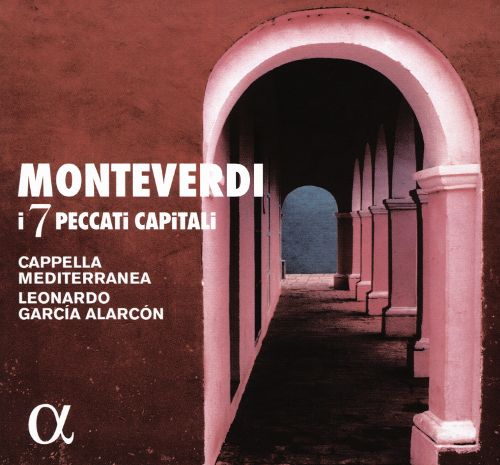Claudio Monteverdi (클라우디오 몬테베르디)
La favola d'Orfeo
100
10,000
1,400
WORK INFO
L'Orfeo (SV 318), sometimes called La favola d'Orfeo, is a late Renaissance/early Baroque favola in musica, or opera, by Claudio Monteverdi, with a libretto by Alessandro Striggio. It is based on the Greek legend of Orpheus, and tells the story of his descent to Hades and his fruitless attempt to bring his dead bride Eurydice back to the living world. It was written in 1607 for a court performance during the annual Carnival at Mantua. While the honour of the first ever opera goes to Jacopo Peri's Dafne, and the earliest surviving opera is Euridice (also by Peri), L'Orfeo has the honour of being the earliest surviving opera that is still regularly performed today. During the early 17th century, the traditional intermedio—a musical sequence between the acts of a straight play—was evolving into the form of a complete musical drama or "opera". Monteverdi's L'Orfeo moved this process out of its experimental era and provided the first fully developed example of the new genre. After its initial performance the work was staged again in Mantua, and possibly in other Italian centres in the next few years. Its score was published by Monteverdi in 1609 and again in 1615. After the composer's death in 1643 the opera went unperformed for many years, and was largely forgotten until a revival of interest in the late 19th century led to a spate of modern editions and performances. At first these tended to be unstaged versions within institutes and music societies, but following the first modern dramatised performance in Paris, in 1911, the work began to be seen increasingly often in theatres. After the Second World War most new editions sought authenticity through the use of period instruments. Many recordings were issued, and the opera was increasingly staged in opera houses. In 2007 the quatercentenary of the premiere was celebrated by performances throughout the world. In his published score Monteverdi lists around 41 instruments to be deployed, with distinct groups of instruments used to depict particular scenes and characters. Thus strings, harpsichords and recorders represent the pastoral fields of Thrace with their nymphs and shepherds, while heavy brass illustrates the underworld and its denizens. Composed at the point of transition from the Renaissance era to the Baroque, L'Orfeo employs all the resources then known within the art of music, with particularly daring use of polyphony. The work is not orchestrated as such; in the Renaissance tradition instrumentalists followed the composer's general instructions but were given considerable freedom to improvise. This separates Monteverdi's work from the later opera canon, and makes each performance of L'Orfeo a uniquely individual occasion.
Claudio Monteverdi, born in Cremona in 1567, was a musical prodigy who studied under Marc'Antonio Ingegneri, the maestro di cappella (head of music) at Cremona Cathedral. After training in singing, strings playing and composition, Monteverdi worked as a musician in Verona and Milan until, in 1590 or 1591, he secured a post as suonatore di vivuola (viola player) at Duke Vincenzo Gonzaga's court at Mantua. Through ability and hard work Monteverdi rose to become Gonzaga's maestro della musica (master of music) in 1601.From WIKIPEDIA
RELEASED ALBUMS
-
The Madrigal, ReimaginedJuly 26, 2024
-
Monteverdi: L'OrfeoJuly 5, 2024
-
Monteverdi: L'Orfeo [2021 Recording]May 26, 2023
-
The Best of John Eliot GardinerApril 14, 2023
-
Monteverdi: Daylight. Stories of Songs, Dances and LovesNovember 5, 2021
-
Monteverdi: L'OrfeoSeptember 24, 2021
-
Claudio Monteverdi: L'Orfeo - a tale in musicMay 7, 2021
-
Natalie Dessay: The Opera SingerApril 9, 2021
-
Il Delirio della PassioneMarch 12, 2021
-
Le Labyrinthe d'ArianeMarch 5, 2021
-
Monteverdi: OrfeoOctober 9, 2020
-
Passion JarousskyNovember 8, 2019
-
Passions: Venezia 1600-1750September 20, 2019
-
Generation Harmonia Mundi, Vol. 2: The Family Spirit, 1988-2018May 11, 2018
-
PrologueMay 4, 2018
-
Orpheus: Songs, Arias & MadrigalsMay 4, 2018
-
Claudio Monteverdi: Lettera AmorosaApril 27, 2018
-
Songs of OrpheusApril 13, 2018
-
HushApril 13, 2018
-
Claudio Monteverdi: L'Orfeo - Favola in MusicaJanuary 17, 2018
-
Tales of Two Cities [Includes DVD]November 17, 2017
-
Hallelujah! A Celebration of Baroque ChorusesSeptember 28, 2017
-
La Cetra d'OrfeoAugust 4, 2017
-
Baroque Gold: 100 Great TracksJune 30, 2017
-
Claudio Monteverdi, Salomone Rossi: Balli & SonateApril 28, 2017
-
Monteverdi: Night. Stories of Lovers and WarriorsApril 21, 2017
-
La Storia di OrfeoMarch 24, 2017
-
Signals from HeavenMarch 17, 2017
-
The Art of HarnoncourtOctober 28, 2016
-
Monteverdi: I 7 Peccati CapitaliOctober 28, 2016
FEATURED MOVIES
-
 07:55몬테베르디: La favola d'Orfeo Proloog
07:55몬테베르디: La favola d'Orfeo Proloog -
 05:06몬테베르디: La favola d'Orfeo Rosa del ciel
05:06몬테베르디: La favola d'Orfeo Rosa del ciel -
 05:09몬테베르디: La favola d'Orfeo Toccata and RitornelliFeb. 5, 2012
05:09몬테베르디: La favola d'Orfeo Toccata and RitornelliFeb. 5, 2012 -
 02:11몬테베르디: La favola d'Orfeo ToccataJanuary 14th 2010
02:11몬테베르디: La favola d'Orfeo ToccataJanuary 14th 2010 -
 06:33몬테베르디: La favola d'Orfeo Dal mi permessoGran Teatre del Liceu, Barcelona, Spain
06:33몬테베르디: La favola d'Orfeo Dal mi permessoGran Teatre del Liceu, Barcelona, Spain -
 03:10몬테베르디: La favola d'Orfeo In un Fiorito PratoDecember 20, 2010Brazil
03:10몬테베르디: La favola d'Orfeo In un Fiorito PratoDecember 20, 2010Brazil -
 2:00:02몬테베르디: La favola d'Orfeo
2:00:02몬테베르디: La favola d'Orfeo -
 10:25몬테베르디: La favola d'Orfeo part 1 of 121978
10:25몬테베르디: La favola d'Orfeo part 1 of 121978 -
 03:43몬테베르디: La favola d'Orfeo Vi ricorda, o bochi ombrosi
03:43몬테베르디: La favola d'Orfeo Vi ricorda, o bochi ombrosi -
 1:58:41몬테베르디: La favola d'OrfeoJuly 2012Basilica Santa Maria Gloriosa dei Frari in Venice
1:58:41몬테베르디: La favola d'OrfeoJuly 2012Basilica Santa Maria Gloriosa dei Frari in Venice -
 2:00:02몬테베르디: La favola d'Orfeo2002Gran Teatre del Liceu Barcelona, Spain
2:00:02몬테베르디: La favola d'Orfeo2002Gran Teatre del Liceu Barcelona, Spain -
 06:44몬테베르디: La favola d'Orfeo Toccata, Ritornelo and Prologue
06:44몬테베르디: La favola d'Orfeo Toccata, Ritornelo and Prologue -
 2:02:42몬테베르디: La favola d'Orfeo01/07/2012
2:02:42몬테베르디: La favola d'Orfeo01/07/2012 -
 03:07몬테베르디: La favola d'Orfeo Tu se mortaMarch 30, 2008WIU's COFAC Recital Hall
03:07몬테베르디: La favola d'Orfeo Tu se mortaMarch 30, 2008WIU's COFAC Recital Hall -
 02:06몬테베르디: La favola d'Orfeo Rosa del cielmay 2007
02:06몬테베르디: La favola d'Orfeo Rosa del cielmay 2007
ALBUM MUSIC
WORKS SHOUTS


